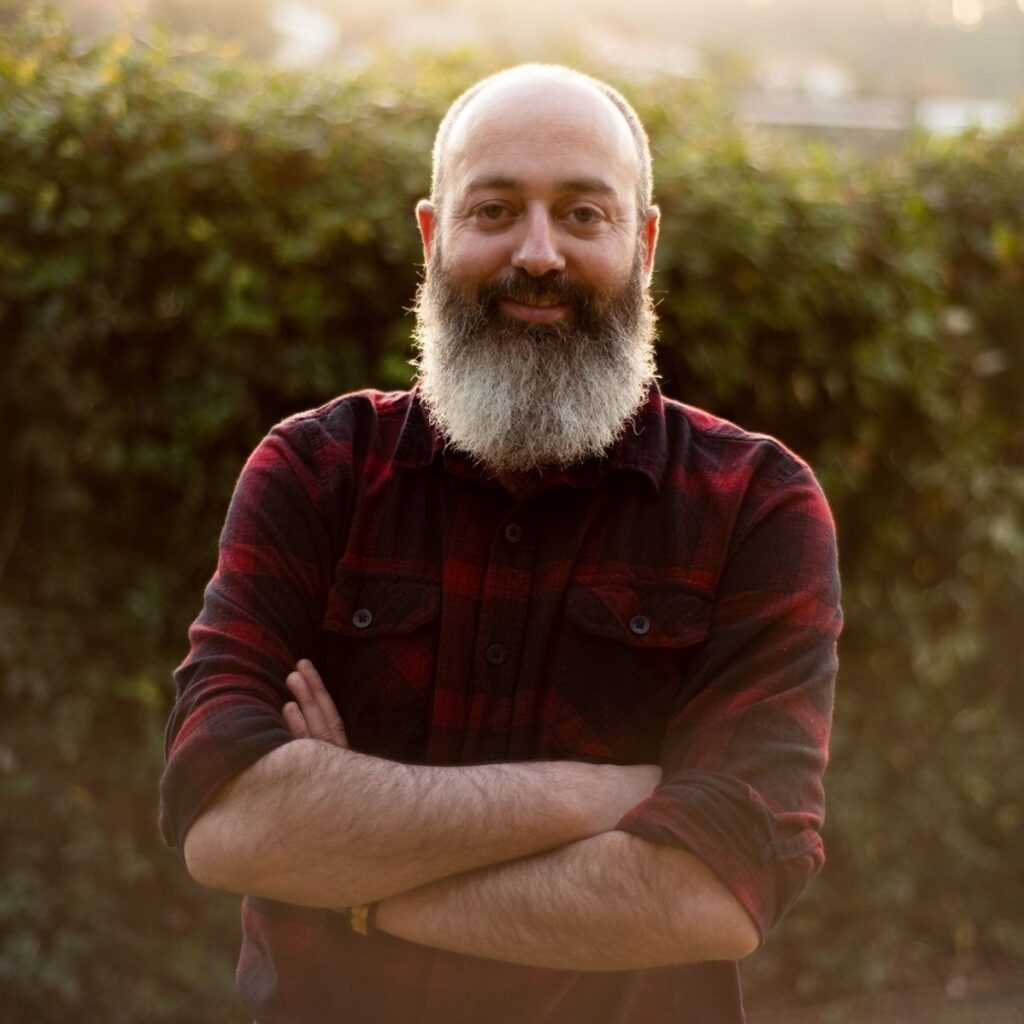Industrial Designer, Carpenter, Maker.

Of machines and people
There are people who understand animals. There are others who are 'good with people,' with excellent personal relationships. I, on the other hand, am a machines person. I'm a big believer in machinery. I also believe that machines have a spirit, but I won't elaborate, lest everyone know that I'm actually crazy.
In almost every case, I prefer the natural aesthetic of the machine and of the mechanism itself, to a human, external aesthetic, which is often arbitrarily imposed. Engineering minimalism – whatever it takes for the thing to work, and work well, but nothing more – is the definition of beauty to me
I often hear criticism of my creations, accompanied by compliments for having good hands. I wish. I know a number of people well who have been blessed with good hands, and unfortunately, I'm not part of that select group. Isn't that ironic, given that I see myself as an industrial designer, carpenter, and maker? To make up for that, I believe in the machine. I do a lot of construction of auxiliary machines, devices and jigs, some designed by others and the some by me. I regard such construction as not just an intrinsic part of the process, but part of the product itself. In the end, each product is judged on its own merits, according to the qualities within it and the values it transmits, but it is clear to me that the tools built 'on the way' to producing the final product are an integral part of it.
In my carpentry work, I've done a lot of planning and building of devices, especially jigs, which are auxiliary gadgets that fit on existing machines and make very high accuracy possible, or enable processes and specific actions that cannot be performed in any other way. The jigs make it possible to raise the level of the final product by several orders of magnitude. The exactly right device can make, even under domestic conditions (my business was for years in one of the rooms of my house, and I live in an apartment building) levels of quality possible that were appreciated and generated enthusiastic responses even from veteran carpenters with extensive experience. It's not me, I find myself explaining somewhat apologetically, it's the machine.
In the Jewish version of Buddhist prayer wheels that I designed, I aspired to a product whose form is derived from its function. Literally, "form follows function." The path to that is long, and it demands multi-stage refinement to eliminate unnecessary factors, but in the end, with the right process, the result obtained is trivially simple, almost self-evident. And the big surprise is – how did something so simple and trivial consume so many resources along the way – time, money, talent? This concept is true now, all the more so, with Makeway.
In Makeway I refine my love for machines. I tried to turn the mechanics itself into a game, one that will speak to and engage a very broad population of users, adults as well as children, and turn, by the power of a magnet, any metallic horizontal surface in the house into a playing board, a kind of cone on which you can create a new creation every time. The unexpected power of the magnet which makes possible enormous versatility, and infinite possibilities, on surfaces that are present in every house, excites me every time anew. Sometimes, the marble is just an excuse, an opportunity to demonstrate physical laws and basic principles which our world is made up of. The end-products look simple and intuitive: spinner, lift, cannon, pole. It looks trivial. But the truth is that each and every part went through a very long process, over months, of development, adjustment, calibration, and iteration. On average, each part of the 40 parts of Makeway went through between 100 and 200 (3D-printed) prototypes before it reached its final form. In a long and tedious process, I'm keeping every prototype, many thousands of printed parts, as a memorial to remind me of how much work and effort it takes to achieve the trivial and obvious.
Throughout my years as a designer, I have always made sure to share my work with the masses. I shared my carpentry work on many different social networks: mostly, of course, the YouTube channel, but not just there. It's apparently not a coincidence that I funded Makeway by crowdfunding, not by way of a standard investor. I don't really know how to explain the Makeway phenomenon. The effort necessary was very great, the profit is questionable, so economic viability wasn't the main consideration. "Likes" and positive comments raise the level of dopamine in the brain, but not the balance in your bank account. Perhaps, subconsciously, I understand that in the development and production of a product designed for people, for society, the process itself must first go through them, through the users, throughout the development stages. So if I had to summarize my professional work over the years, I would sum it up simply –
I'm just a go-between, an intermediary. An intermediary between machines and people.
Elyasaf Shweka
August, 2021